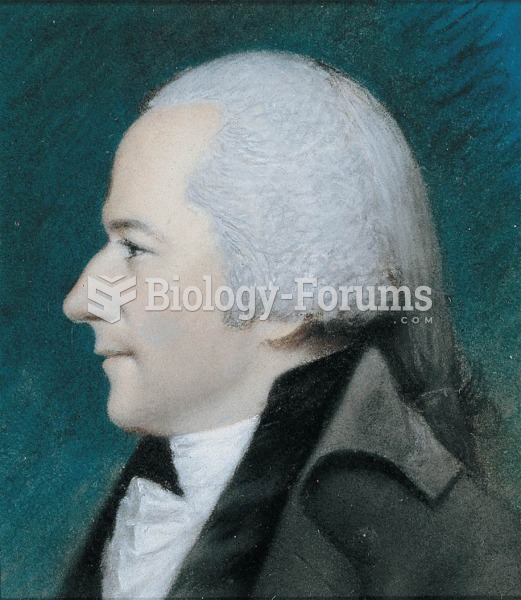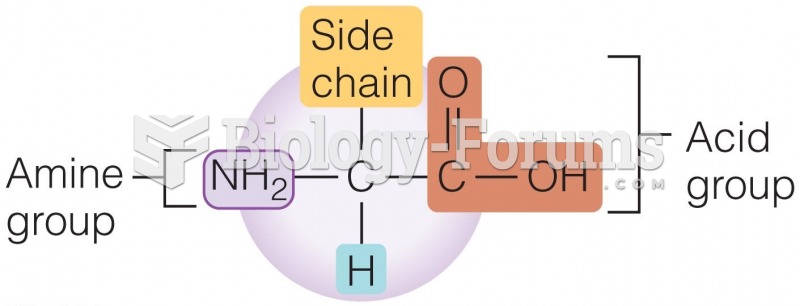Which of the following made it possible to decertify a union?
A) Taft-Hartley Act
B) Norris-LaGuardia Act
C) Landrum-Griffin Act
D) Executive Order 10988
Question 2
Diane Fielding, owner of the famous Mint chain of restaurants, planned to revamp the whole concept and structure of her outlets.
With this purpose in mind, she selected five managers from her existing outlets based on their performance in relation to targets, experience, and motivation. Each manager was asked to take up an aspect of the restaurant's functioning like menu, dcor, and customer service measures. Diane was sure that this group of high performers possessed a clear understanding of the ground realities, which made them the best candidates to contemplate and implement the required changes. In order to reward them, she announced a hefty bonus for their collective performance. Six months later, after the changes were implemented, Diane realized that the group had made many questionable decisions, which were resulting in problems. Which of the following, if true, would best explain this outcome?
A) The team members had skills that were complementary to each other and added value to the project.
B) The team members had high levels of affective commitment to their jobs as Diane was a good leader.
C) Typically, these managers viewed each other as competition as Diane only rewarded the highest earning outlet with incentives.
D) Two of the branches of Mint were located in the suburbs, while the other three outlets were located in busy areas and witnessed more customers.
E) The team members were clear about their duties, and role ambiguity was minimal.







